Poisonous?
cattleya17
16 years ago
Related Stories
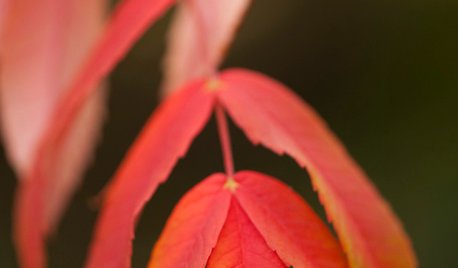
RED FOLIAGEGreat Design Tree: Staghorn Sumac
This fall superstar burns bright red and orange in the landscape — just keep an eye on its spread while you watch the show
Full Story
HOUSEPLANTS10 Top Plants to Grow Indoors
Brighten a room and clean the air with a houseplant that cascades artfully, stretches toward the ceiling or looks great on a wall
Full Story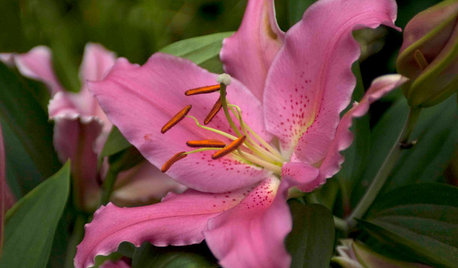
FLOWERSGreat Design Plant: Lilies
Try these delightfully exotic stunners for paintbox colors, deep fragrance and intricately detailed petals
Full Story
PETSPet-Proofing Your Home: A Room-by-Room Guide
Not all pet dangers are obvious. Keep furry friends safe and sound by handling all of these potential hazards
Full Story
PETSGarden Alert: 22 Plants to Keep Away From Pets
Avoid potential danger by keeping dogs and cats away from these landscaping and houseplant favorites
Full Story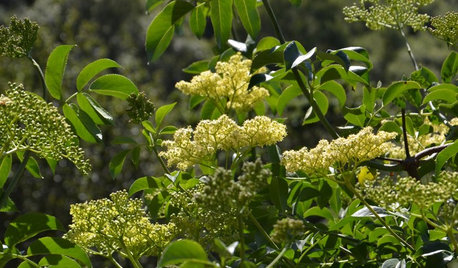
GARDENING GUIDESGreat Design Plant: Sambucus Nigra Caerulea for the Birds
Blue elderberry is a favorite of birds and other wildlife in its native California
Full Story
COLORHot Uses for Red Around the House
Spark some excitement from the front door to the back bedroom by bringing in this sultry, sexy color
Full Story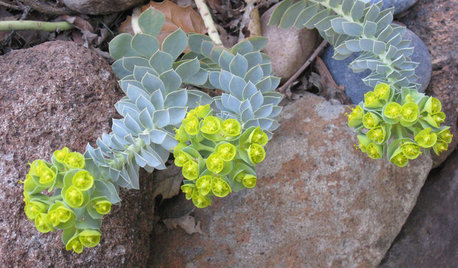
BLUE AND GRAY FOLIAGEGreat Design Plant: Donkey Spurge
Yes, there's the awful name, plus the sap issue. But this plant's foliage and flowers bring something special to Eastern U.S. gardens
Full Story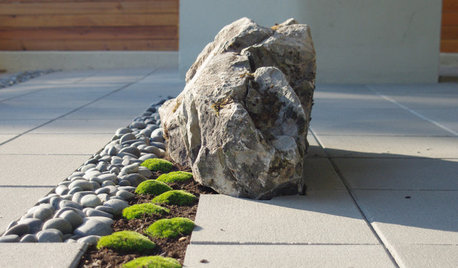
LANDSCAPE DESIGNDare to Mix Things Up in the Landscape
Courageously contrast plantings, materials and structures in your garden to create unexpected beauty and intrigue
Full Story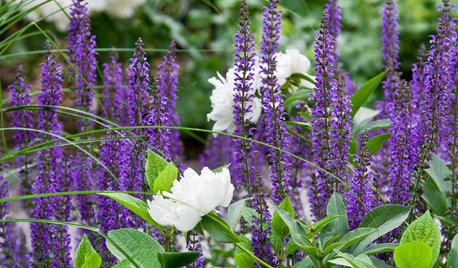
GARDENING AND LANDSCAPINGGarden Tour: Colorful, Serene Woodland Near Boston
Exuberant perennials, outdoor rooms and a surrounding woodland come together to create a beautiful landscape in Massachusetts
Full Story





daniellalell
flanna
Related Professionals
Parole Landscape Architects & Landscape Designers · Brooklyn Center Landscape Architects & Landscape Designers · Anderson Landscape Contractors · Hartford Landscape Contractors · Milford Landscape Contractors · East Chicago Landscape Contractors · Mahwah Landscape Contractors · Rockville Landscape Contractors · Wheat Ridge Landscape Contractors · Kyle Roofing & Gutters · Norridge Roofing & Gutters · Carmel Decks, Patios & Outdoor Enclosures · Lansdale Decks, Patios & Outdoor Enclosures · Medford Decks, Patios & Outdoor Enclosures · Spanaway Decks, Patios & Outdoor Enclosures